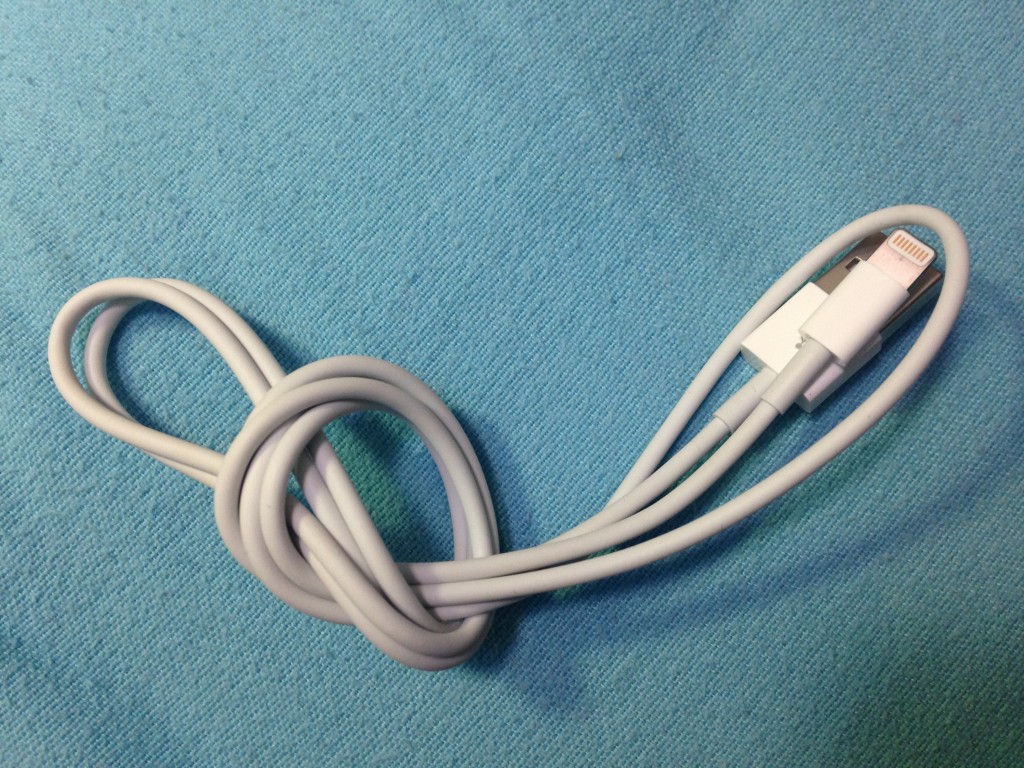A little over two months ago, I finally decided to buckle down and apply for grad school. Deadlines for Round 2 applications were the first and second week of January. I wasn’t sure if the time I’d allotted myself was going to be tight, but it was time to take this next step. Here’s how it’s gone for me… (want to skip right to my tips at the end?)
Choosing the schools
I knew that I wanted to apply to 5-6 programs, so I began looking at the top 25 ranked in the US. I considered applying to international programs as well, but ultimately decided not to because I intend to work for businesses in the states. While I would love international opportunities, my home base will always come back to the US, so going to a school domestically made more sense.
From the initial list, I came out with the programs I was most interested in: #1 Stanford GSB, #2 Harvard Business School, #3 UPenn Wharton, #4 Chicago Booth, #6 Northwestern Kellogg, #7 Berkeley Haas, #10 UVA Darden, #15 UCLA Anderson, #24 Georgetown McDonough, and #25 USC Marshall. Whew, that’s a lot! So I started narrowing down based on program structure, competitiveness, and personal appeal. That still left 8 options. I managed to eliminate Wharton and Booth because they felt more technical/finance-focused. To me, Wharton, Booth, and Kellogg were at very similar levels, so I decided to choose one of the three.
It was really hard for me to bring it down to the 6 max that I wanted to adhere to, so I kept going back and forth for awhile until I realized that I was really including Darden and McDonough for their proximity to Panda. But if you think about it, MBAs are so time-consuming that being nearby might not mean I have much time to see him anyway. So off they went and there was my final list: Stanford, Harvard, Kellogg, Haas, Anderson, and Marshall. I wanted to maintain a good spread across the rankings to give myself a very good chance of making it into at least one of the programs. #fingerscrossed
Preparing to apply
I’m fortunate enough to know some current and former MBA students at programs that I was planning on applying to. I reached out to many of them and got a chance to connect with three. After spending some time chatting with each of them, I got an understanding that I should really share my personal story. They also recommended reaching out to students or alumni of the other programs and try to do campus visits if possible.
I did manage to do some student meetups and a campus tour, but for the most part, I scoured their websites for details. Based on the courses they offer, the extracurriculars, and how they message their ideas, it gave me a sense of each of their brands. There are parts of each that I really appreciate and would love to be a part of. I definitely think it’s important to find programs that I’ll enjoy and will attract people I can connect with and learn from. Each has their own prestige, so that’s helpful too.
Thinking about essays
The very first thing I did application-wise was compile all of the essay questions and think about them all day long. Whenever an idea struck me, I wrote it down and I kept expanding my notes as I drafted and edited my essays. These were the most labor-intensive, with a lot of reflection and self-analysis. It took me awhile to finally find what I felt was a cohesive story that explained my motivations for where I’m going and how where I’ve been influenced that path.
On the surface, my jobs have been somewhat progressive, but not along a clear career path. However, digging deeper, I noticed that so many of the projects I took on stemmed from the same source. It turns out that the common thread between my roles was always the idea of empowering through resources. I really enjoy helping people and being resourceful, so I consolidated resources and built databases and processes because I believe that giving people the right tools, skills and knowledge empowers them to strive for more. No matter what, that has always driven me in my work.
As part of my research for applications, I dove into a variety of business books, online articles, and even TV shows. Each tied back to my thoughts on my essays. When I watched The Voice, I thought about expressing my true self and being genuine. When I read Uncontainable, I noted my own values and the key ways I intend to change the corporate landscape. Everything tied back to my philosophies on life and how that applied to my approach to business.
Choosing recommenders
I had always had one person in mind as a recommender, because he had worked with me pretty much since I started at my current company. He had a good sense of the many projects that I’ve done and we collaborated on quite a few. What I waffled on at first was whether to ask my direct supervisor or someone else. What if knowing that I was slowly on my way out affected the opportunities I received at work? What if that changed their perception of me? I thought about choosing someone else, but then I decided that I’d rather my manager know now instead of having to explain to him months down the line what I’d been up to. Plus, my office is a supportive environment where reaching for a goal like this is applauded.
I asked both gentlemen as soon as I made up my mind on them and my schools. Both happily agreed, and I put together a document of bullet points to share with them. I split my notes into two categories: Leadership & Initiative and Teamwork. I felt these were the key components of my experience and encapsulated many things I had done. One of my MBA friends had shared a “recommender tips” document that he had used, which I repurposed and shared with my recommenders. It basically summarized to this: the most effective recommendations are ones with concrete examples that paint a picture so vivid that the reader can feel me jumping out of the page.
I registered for all the applications and set up my recommenders to give them ample time to fill them out. One thing I learned from this is to make it crystal clear that some schools have a very specific format and set of questions they want answered. A general letter will not do. The recommenders should be prepared for the amount of effort this will take on their part. In addition to the essays, there are evaluation grids to fill out. It’s no simple task and you shouldn’t be shy about following up. Stay on top of those recommenders!
Filling out the applications
I probably should have done a dry run through all the applications early on so I would know what to prepare. For Haas, they require copies of official transcripts, which I did not have on hand. When I tried to order them from my school, they were on winter break and would only return two days before the application deadline! So I had to rush the order and ask my mom to go get them from the school. At another point, I wasn’t sure if my Kellogg application would be accepted because my GMAT scores had not been sent to the school and they needed them by the deadline! Yikes! But it turns out that they are actually ok with the scores being available later as long as they can view them when they get to my application.
To avoid any last-minute efforts, definitely go through the applications to see what fields they have and what required documentation there is. I was so caught up in essays that I figured filling out the forms would be easy, but they actually took quite a long time. You have to manually type in your previous job and extracurricular experience, which can add up quickly when you’ve had a few. Plus, there are certain documents that you may not have prepared that you should be aware of.
There were parts that I didn’t really think would come up, like my parents’ education, my international experience, and even my hobbies. I expected things like work experience, awards and honors, as well as extracurricular activities. The rest was pretty random additional information that varied by school. Stanford even asked for your favorite word!
Check, check, check!
So once you’ve got all these pieces together, make sure you have at least one other person take a look at your applications. I had my trusty husband go through and point out weak areas for me. He also kept an eye out for minor errors/typos after I’d been staring at everything for too long. Give yourself enough time to input all the data and proofread at least two or three times. You want to be as professional as possible and any grammatical error or typo can work against you.
When you’re ready to submit (at least hours, if not a day or more before the deadline), make sure you get confirmation emails that your application was received and so was your payment. You don’t want to miss out on an opportunity because of a glitch or because you forgot to pay the fee. Oh yeah, you’ll want to be ready to pay about $150-275 per application. That adds up fast!
For Kellogg, they had one more step after the application was submitted: the video essays. So if your program has something like that, make sure you spend time rehearsing. The program they use allows you to practice with the software until you’re comfortable, so I must have done it 20 times until my eye contact was steady and my answers could fit into the allotted 60 seconds. It’s amazing how shifty you can seem on your first try, so neeever jump right into it.
Once you’re all done, each application usually allows you to download a proof as a PDF, which I definitely recommend you do. Keep that for your records, so you can use it if there are any discrepancies. Plus, it helps you remember what you sent them!
So, these are the tips I have for the process up until those applications are submitted:
-When choosing which programs to apply to, go through each school’s websites to learn as much as you can. Try to keep your choices to 6 or you might be stretched too thin (and your recommenders won’t give up on filling out so many!).
-Sign up for their mailing lists ASAP so you know if there are local students you can meet or if/when an admission officer will be in your area. This is a great way to evaluate schools and learn things that can help with how you focus your application. Each program values different things and each school has a different culture.
-Take the GMAT/GRE before all the application madness if possible, so it’s one less thing to worry about.
-Read carefully through requirements. Do they need a GMAT score or do they accept GRE as well? Do they require scores to be sent or can you self-report for now? Do they need official transcripts sent or are unofficial transcripts acceptable initially? Prep these early as needed.
-Think about the narrative you’re going to tell. It’s hard to distill everything you’ve done and who you are into a neat package, but choose that one trait that best sums it up. Look at the work you’ve done, the activities you’ve been involved in, and even your personal background to connect the dots. A cohesive story makes the picture clearer and easier to digest.
-Based on your narrative, choose recommenders who can speak to the work you’ve done around what you’re focusing on. Put together some examples that the recommenders can choose to write about, which may differ greatly depending on your interactions with them. The more they can personalize it and relate it back to your theme (as well as tie it in to what matters to the school), the more impactful they will be.
-Follow up with your recommenders to make sure things are on track! If one of them needs to change, you want ample time to swap them out.
-Go through all the fields that each application requires. This will give you a sense of extra materials you’ll need to pull together, like your parents’ educational histories, your extracurriculars, any awards or recognition, or even international experience. The UCLA Anderson app had a paragraph to summarize hobbies and the Kellogg app asked for international experience as well as video essays. Know about these ahead of time so you’re prepared! Even the way they ask you to fill out work info varies greatly, so take a peek at how that’s structured.
-Start setting aside the amount of money you’ll need for the fees if you don’t have that readily available. Most seem to be $150-275. There are some cases where you can get the fee waived, so if you’re really strapped for cash, see if you qualify for any.
-I would allocate at least 10 days per app at the least, giving yourself time to have a breather when things were intense and you needed some time away from staring at these applications.
-Proofread your application a few times and have at least one other person go through the final version if you can.
-Submit your application well ahead of the deadline! I did them all the day before, so if anything went awry, I’d have the following day to figure it out.
-Be sure to get confirmation emails that your application was submitted AND payment was received. Otherwise you might not make it into the round you want!
Any other tips you’d share? Let me know! Now I’m just waiting to hear back on interviews…







